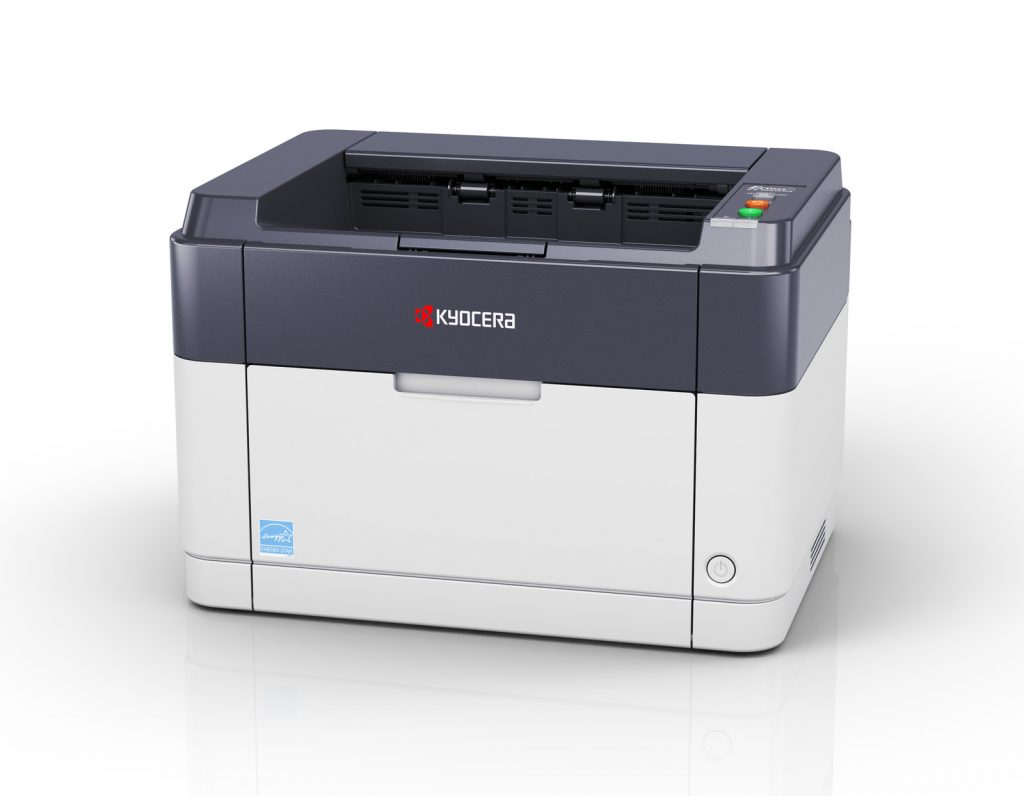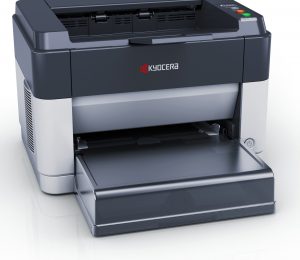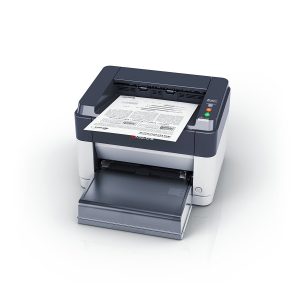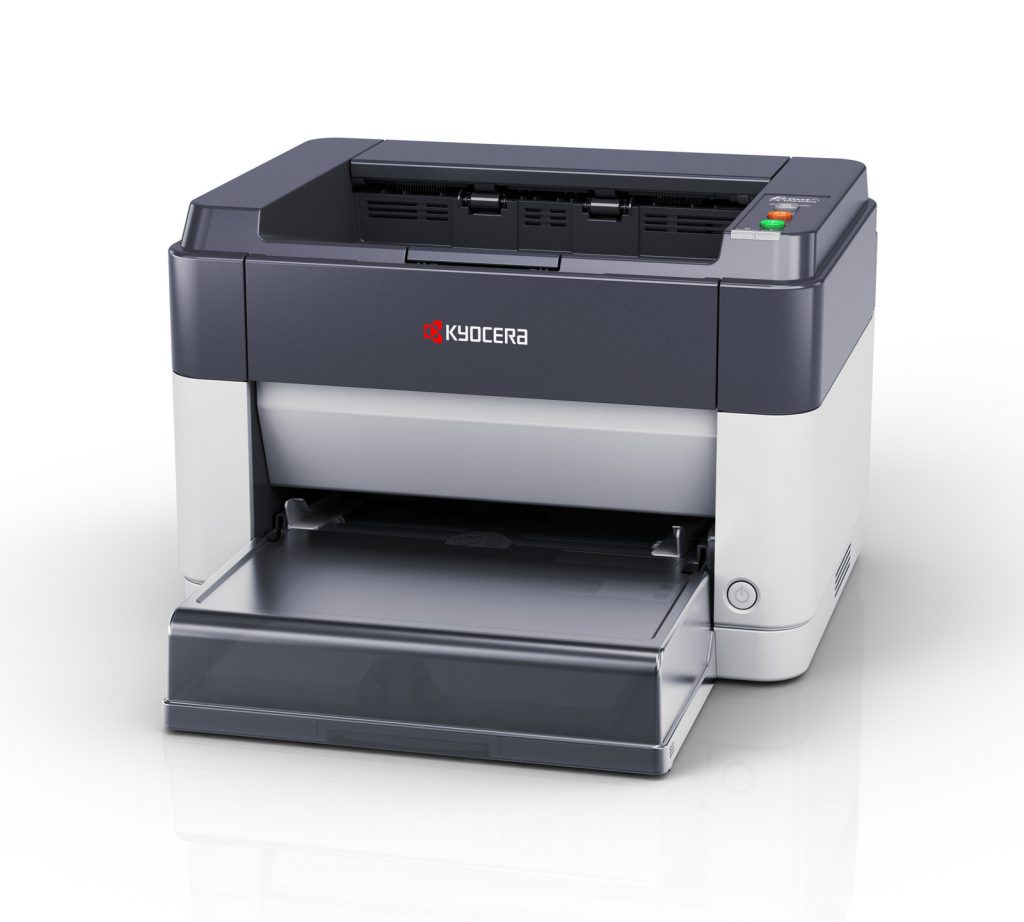 Kyocera is an Original Equipment Manufacturer (OEM) that is known for its reliability. However, Kyocera is better recognised in the business circles largely because it focuses on enterprise-level devices that not only deliver dependability but also quality. So, when Kyocera starts offering a personal printer, it tends to fly under the radar. Most people looking for entry level laser printers tend to go for other OEMs such as Samsung and Brother. However, Kyocera isn’t much of a chump in that arena either especially if your primary objective is to get durability and reliability. The Kyocera FS-1061DN is the prime example of these qualities.
Kyocera is an Original Equipment Manufacturer (OEM) that is known for its reliability. However, Kyocera is better recognised in the business circles largely because it focuses on enterprise-level devices that not only deliver dependability but also quality. So, when Kyocera starts offering a personal printer, it tends to fly under the radar. Most people looking for entry level laser printers tend to go for other OEMs such as Samsung and Brother. However, Kyocera isn’t much of a chump in that arena either especially if your primary objective is to get durability and reliability. The Kyocera FS-1061DN is the prime example of these qualities.
The Kyocera FS-1061DN is a monochrome single function laser printer that is targeted at the Small Office / Home Office (SOHO) market by the OEM. While it is probably better suited as a personal printer, it is also possible for you to use it for small workgroups. Apart from the famed Kyocera reliability, the Kyocera FS-1061DN is also typified by the economy it offers. Here’s our review of this device.
Strengths of Kyocera FS-1061DN
 As mentioned above, the Kyocera FS-1061DN is as reliable as all Kyocera devices. It doesn’t break down and gives the impression of very solid construction too. You won’t get that sense of cheap plastics in Kyocera business class machines and the same applies to this device. The build is solid and the device surprisingly compact. The Kyocera FS-1061DN measures about 241mm tall, 276mm deep and 358mm wide, which is nearly the smallest dimensions in the industry.
As mentioned above, the Kyocera FS-1061DN is as reliable as all Kyocera devices. It doesn’t break down and gives the impression of very solid construction too. You won’t get that sense of cheap plastics in Kyocera business class machines and the same applies to this device. The build is solid and the device surprisingly compact. The Kyocera FS-1061DN measures about 241mm tall, 276mm deep and 358mm wide, which is nearly the smallest dimensions in the industry.
The reliability of the Kyocera FS-1061DN is exemplified by the fact that it is built around Kyocera’s ceramic photoconductor drum which is rated for an amazing 100,000 pages. The reason why the ceramic photoconductor drum is an important component is that it doesn’t require changing. This can cut down maintenance costs considerably because all that you as the user will have to replace regularly will be the toner cartridges. Even those will help you save money because the operating costs of the Kyocera FS-1061DN are very much on the lower side, whether you use genuine toner cartridges or generic toner cartridges.
The latter will save you more money, though. For example, if you were to use genuine toner cartridges then you’ll end up spending about 5.03 cents for every page printer. However, if you choose to go with generic toner cartridges, then you’ll spend only about 4.87 cents per page. While this device saves you money, it does so while delivering decent print output quality with text prints impressing especially. Formally, in case you’re interested, the Kyocera FS-1061DN is rated at a maximum print resolution of 1800 x 600 dots per inch (dpi). This is equivalent to up to 1200 dpi.
One thing that makes the Kyocera FS-1061DN stand out amongst its peers is the automatic duplexing feature. Automatic duplexing is almost unheard of in the segment that the FS-1061DN falls in which is why it is such a major inclusion from the OEM in this device. Further, even though the Kyocera FS-1061DN is meant for the SOHO segment, it comes with a decent paper handling capacity. The device can hold a maximum of 250 sheets in the tray with a single sheet manual feed also provided.
Weaknesses of Kyocera FS-1061DN
 Compared to its primary competitors in the same segment, the Kyocera FS-1061DN is slightly on the expensive side with respect to its initial price. However, while its price may be slightly high, it does offer extra features too. For instance, the aforementioned automatic duplexing feature isn’t available in the printers that are cheaper than the FS-1061DN. Therefore, it can be said that even though the Kyocera FS-1061DN’s price is slightly above average, it is so because of extra features.
Compared to its primary competitors in the same segment, the Kyocera FS-1061DN is slightly on the expensive side with respect to its initial price. However, while its price may be slightly high, it does offer extra features too. For instance, the aforementioned automatic duplexing feature isn’t available in the printers that are cheaper than the FS-1061DN. Therefore, it can be said that even though the Kyocera FS-1061DN’s price is slightly above average, it is so because of extra features.
A greater issue with the Kyocera FS-1061DN is that it has no wireless connectivity functionality. This is surprising because most modern day printing devices come with this feature. In this, Kyocera has instead provided two connectivity options in the form of USB 2.0 and Ethernet. An equally annoying drawback of the Kyocera FS-1061DN is its noise levels.
While in normal mode, this device makes +60dB of sound, which is high enough to be intrusive. To counter that fact, the OEM has provided a Quiet mode on this device. However, using that mode means that your print speed slows down by around five pages per minute (ppm).
In the earlier section, we spoke about the compact nature of the Kyocera FS-1061DN and we were honest too. It is, indeed, very compact but that compactness goes out of the window when you unfold the feed tray in front. The feed tray takes the depth of this device from 276mm deep to nearly 400mm deep. This could be a problem for some of you, which is why we thought it should be mentioned.
Another little condition we should mention involves output quality. When printing text, this device excels but when it comes to graphics and images, it doesn’t do so well. This takes the overall output quality of this device from great to average. Even so, since the majority of you won’t be using a monochrome laser printer to print images, poor graphics and image quality doesn’t really mean much here.
Key Features of Kyocera FS-1061DN
 You’re most probably wondering why we haven’t spoken about the print speed of the Kyocera FS-1061DN. The reason is simply that its print speed is neither exceptional on the positive side nor the negative side. The device is rated to print 25 pages every minute which is on the higher end of the accepted spectrum for the segment.
You’re most probably wondering why we haven’t spoken about the print speed of the Kyocera FS-1061DN. The reason is simply that its print speed is neither exceptional on the positive side nor the negative side. The device is rated to print 25 pages every minute which is on the higher end of the accepted spectrum for the segment.
With respect to memory, the device comes with 32MB of memory built into it. Furthermore, the first print out time of the Kyocera FS-1061DN is also average at about 7.5 seconds. You shouldn’t have trouble moving this device around alone either since it weighs a dainty 6.7 Kg only.
The appearance of the Kyocera FS-1061DN is decidedly Kyocera with a colour combination of the dull duo of cream and charcoal. The top end of the device is charcoal coloured. It also boasts of an extremely simplified control panel that doesn’t even have an LCD screen. Instead, there are three LED indicators and three buttons. The software behind the control panel, however, isn’t all that bad.
Leave a Reply